When it comes to pets for apartment dwellers or those with limited space, snakes might not be the first animals that come to mind. However, several snake species make excellent companions for small homes due to their modest spatial requirements, manageable care routines, and fascinating behaviors. Unlike dogs or cats that need room to roam, many snakes thrive in appropriately sized enclosures that can easily fit into compact living spaces.
For reptile enthusiasts with spatial constraints, choosing the right snake species is crucial for ensuring both the animal’s wellbeing and your living comfort. The following seven snake species represent the perfect balance of being small enough for apartment living while still offering the rewarding experience of reptile ownership.
Kenyan Sand Boa
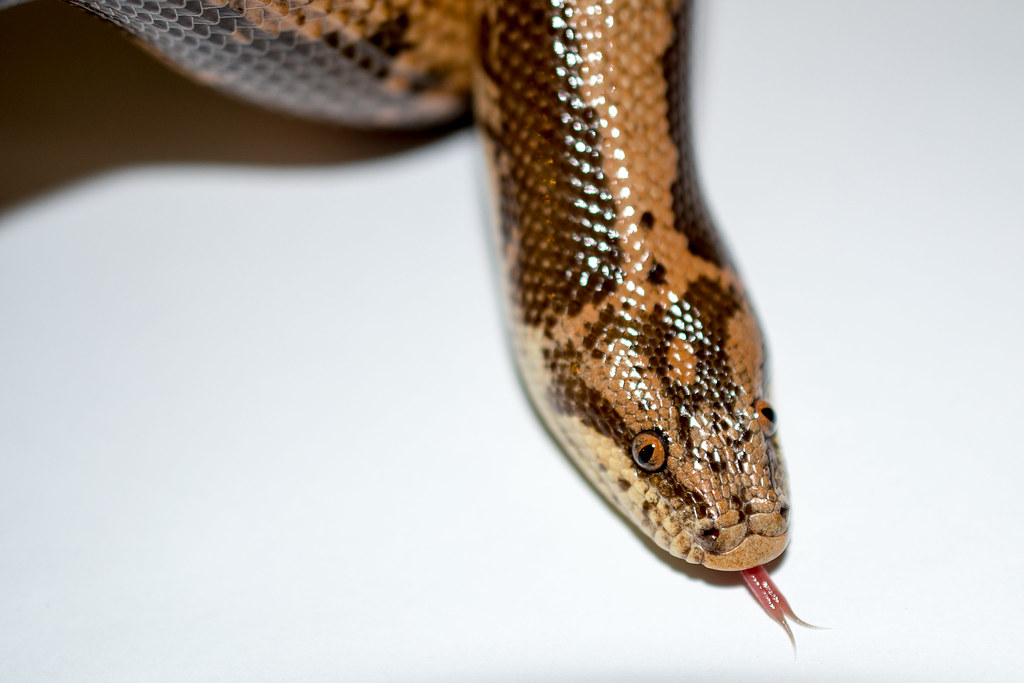
The Kenyan Sand Boa (Eryx colubrinus) ranks among the smallest pet snake options available, rarely exceeding 24 inches in length, making them ideal for confined spaces. These stocky, cylindrical snakes spend much of their time burrowed beneath substrate, requiring less visible space than more active species. Their enclosure needs are modest—a 10-20 gallon tank provides ample room for an adult specimen.
Kenyan Sand Boas are known for their docile temperament and infrequent feeding schedule, typically requiring a meal only once every 7-14 days depending on their age and size. Their straightforward care requirements and manageable size make them an excellent choice for beginners and apartment dwellers alike.
Children’s Python
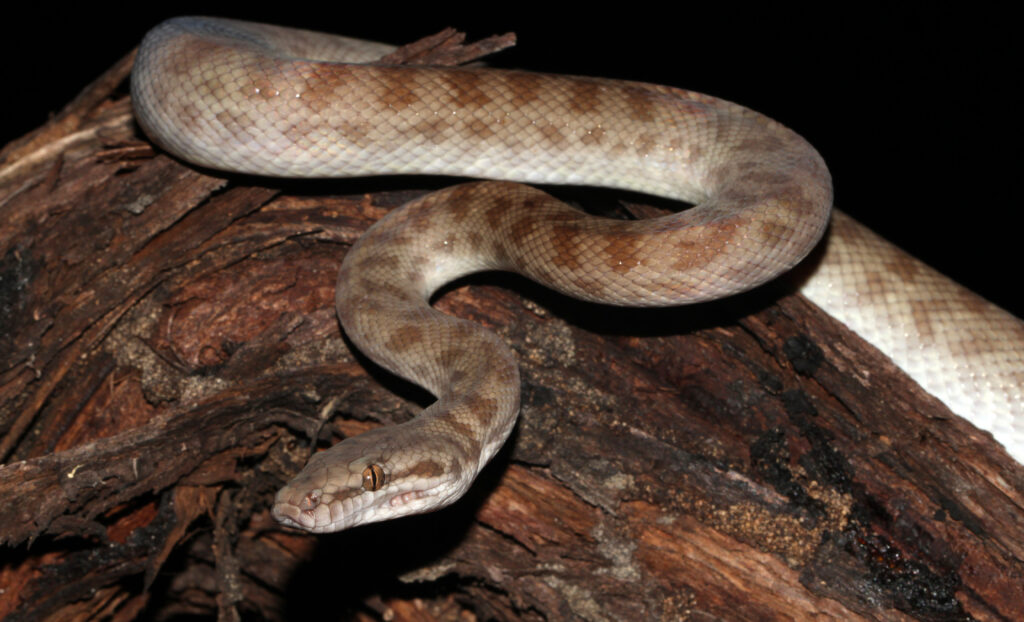
Despite its somewhat misleading name, the Children’s Python (Antaresia childreni) is named after John George Children, a British zoologist, not because it’s suitable for children—though it certainly can be an appropriate pet for responsible young enthusiasts. Typically growing to a maximum length of 3-4 feet, these Australian natives remain compact enough for small living spaces. Children’s Pythons are known for their calm disposition and relatively easy care requirements, making them excellent for first-time snake keepers.
They thrive in enclosures as small as 20-30 gallons, though adults appreciate slightly more room if space permits. Their nocturnal nature means they’re most active during evening hours, spending daylight hours discreetly resting in hides, which contributes to their appeal as unobtrusive pets.
Western Hognose Snake

The Western Hognose (Heterodon nasicus) combines a compact size with an outsized personality, making it a fascinating pet that doesn’t demand excessive space. Males typically reach only 14-24 inches in length, while females grow slightly larger at 20-36 inches, allowing them to comfortably inhabit a 20-30 gallon enclosure throughout their lives. Their most distinctive feature is the upturned snout that gives them their name, which they use to dig through substrate in search of prey.
Western Hognoses are renowned for their dramatic defensive displays—they may flatten their necks like cobras, hiss loudly, or even play dead when startled, though these behaviors typically subside with regular handling. While technically venomous, their rear-fanged delivery system and mild venom pose virtually no threat to humans, making them safe pets despite their theatrical tendencies.
Rosy Boa
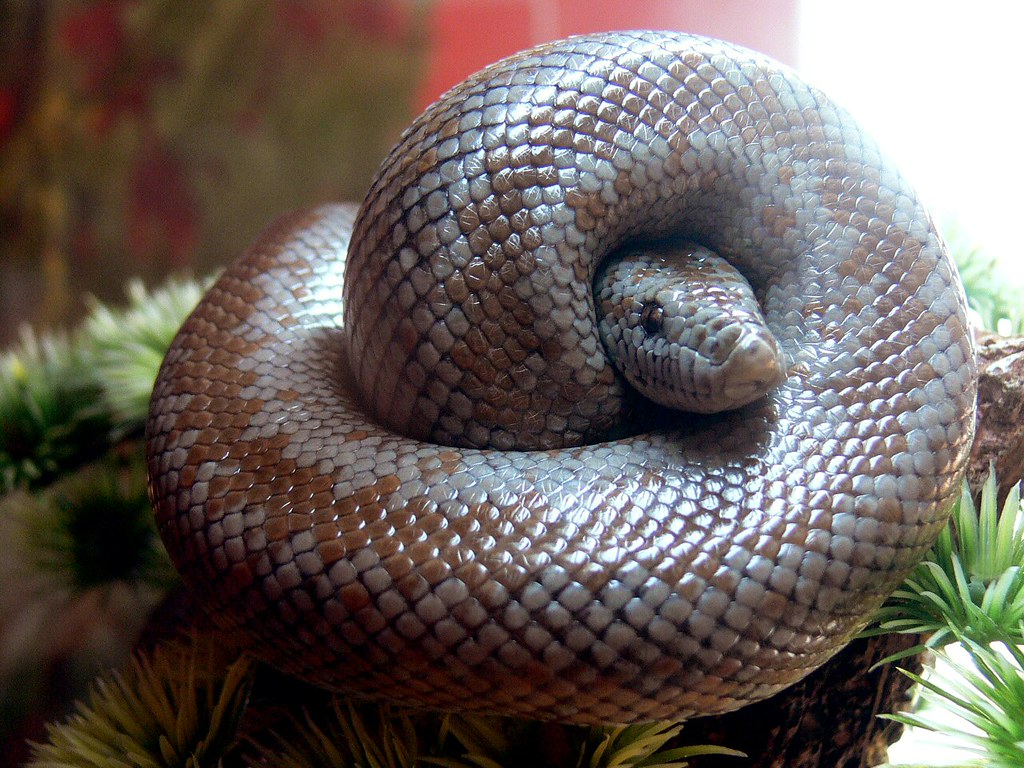
The Rosy Boa (Lichanura trivirgata) stands out as one of North America’s smallest true boas, typically measuring between 2-3 feet in length, making them perfect candidates for space-conscious reptile enthusiasts. These snakes are characterized by their sturdy build, smooth scales, and beautiful patterns of three longitudinal stripes running the length of their bodies. Rosy Boas are known for their exceptionally docile nature and slow, deliberate movements, rarely showing signs of aggression even when startled.
Their housing requirements are modest, with a 20-gallon enclosure providing sufficient space for even an adult specimen. As natives of the southwestern United States and northwestern Mexico, they prefer dry conditions with moderate temperatures, simplifying their habitat setup compared to tropical species that require precise humidity control.
Ball Python
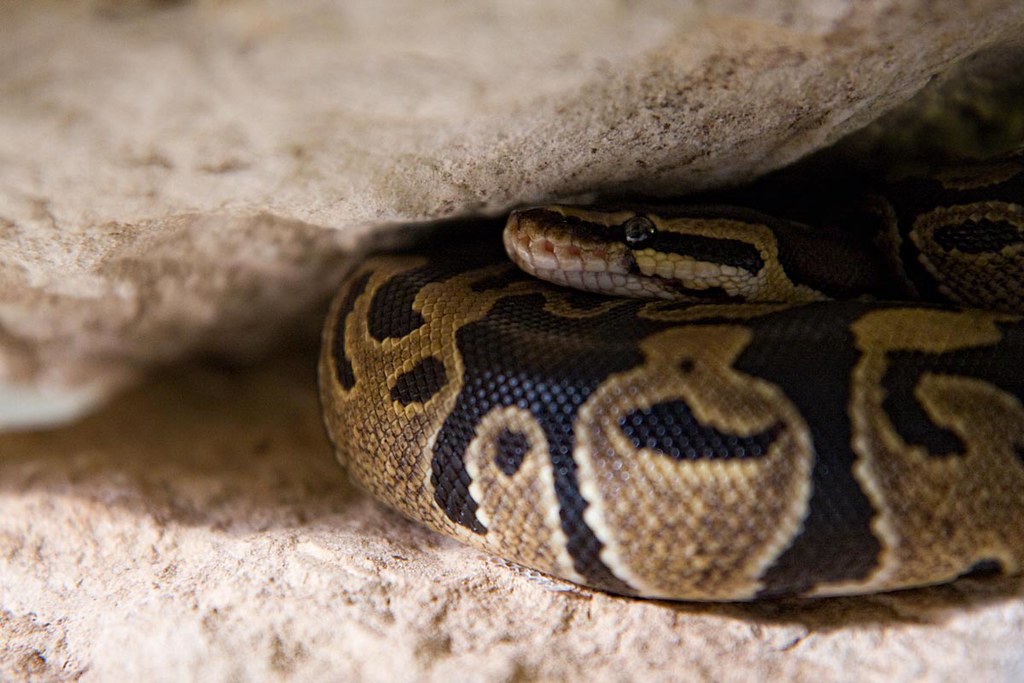
The Ball Python (Python regius) represents the largest snake on this list but still remains appropriate for small homes due to its sedentary nature and compact coiling habits. Despite reaching lengths of 3-5 feet at maturity, these snakes spend much of their time tightly coiled, earning their name from their defensive behavior of rolling into a ball when threatened. A 40-gallon enclosure provides sufficient space for an adult, though many keepers opt for slightly larger setups to accommodate climbing opportunities.
Ball Pythons are renowned for their docile temperament, making them among the most frequently handled pet snakes with minimal risk of biting. Their longevity—often exceeding 20 years in captivity—makes them a significant commitment, but their undemanding nature and infrequent feeding schedule (adults typically eat every 1-2 weeks) offset the long-term responsibility.
Garter Snake
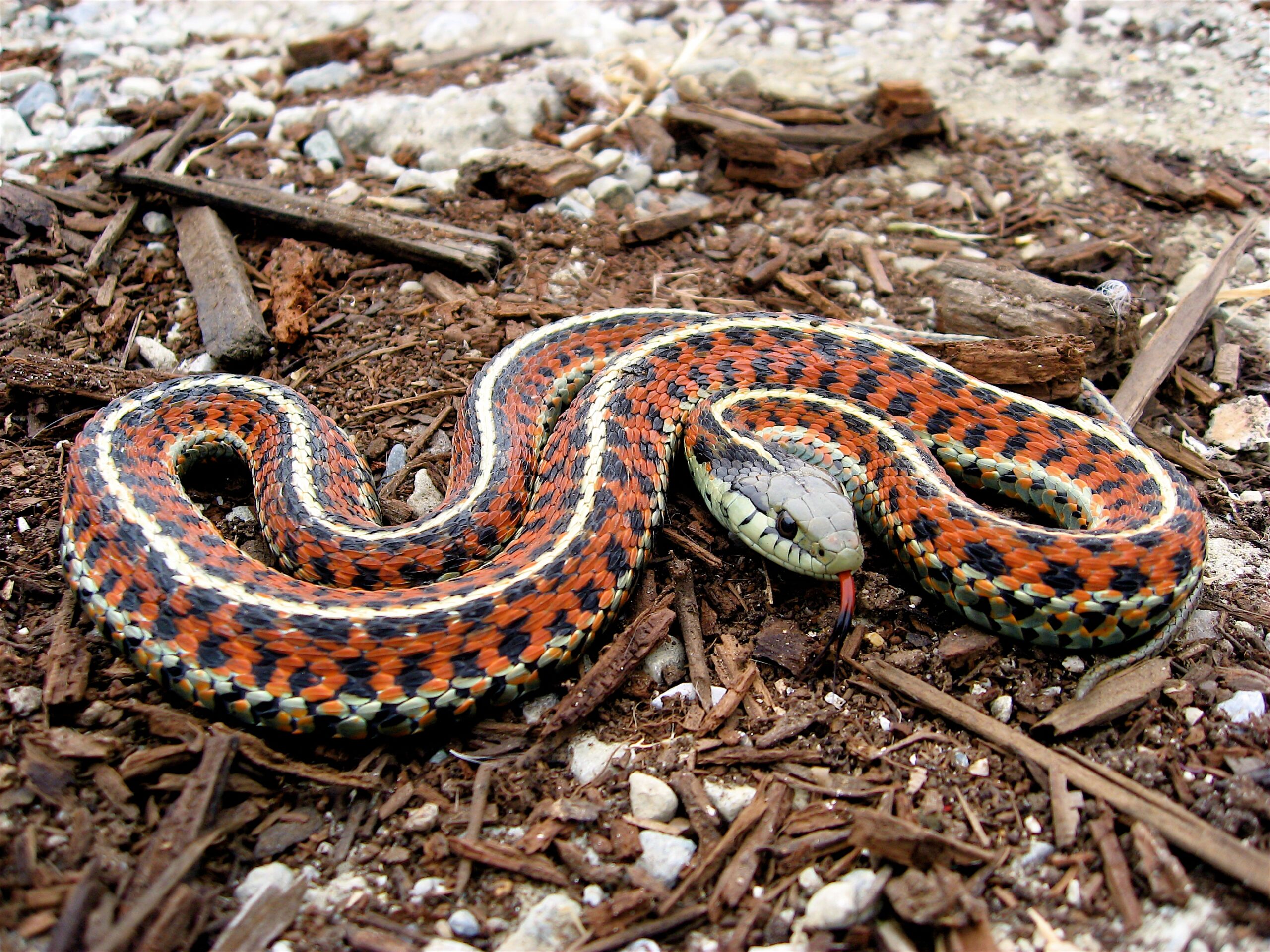
Garter Snakes (Thamnophis species) offer a uniquely active and diurnal pet experience while still maintaining a manageable size for small living spaces. Most species average between 2-3 feet in length, with some specimens occasionally reaching 4 feet. Unlike many reptiles that remain hidden for most of the day, Garter Snakes are frequently visible and active during daylight hours, making them more engaging pets for those who enjoy observation. A 20-30 gallon enclosure provides adequate space for an adult, though their active nature means they appreciate every bit of room you can provide.
Garter Snakes differ from other species on this list in their dietary preferences—while they can be transitioned to rodents, many will readily accept fish, earthworms, and amphibians, which some keepers find easier to source and store in limited spaces.
Rough Green Snake
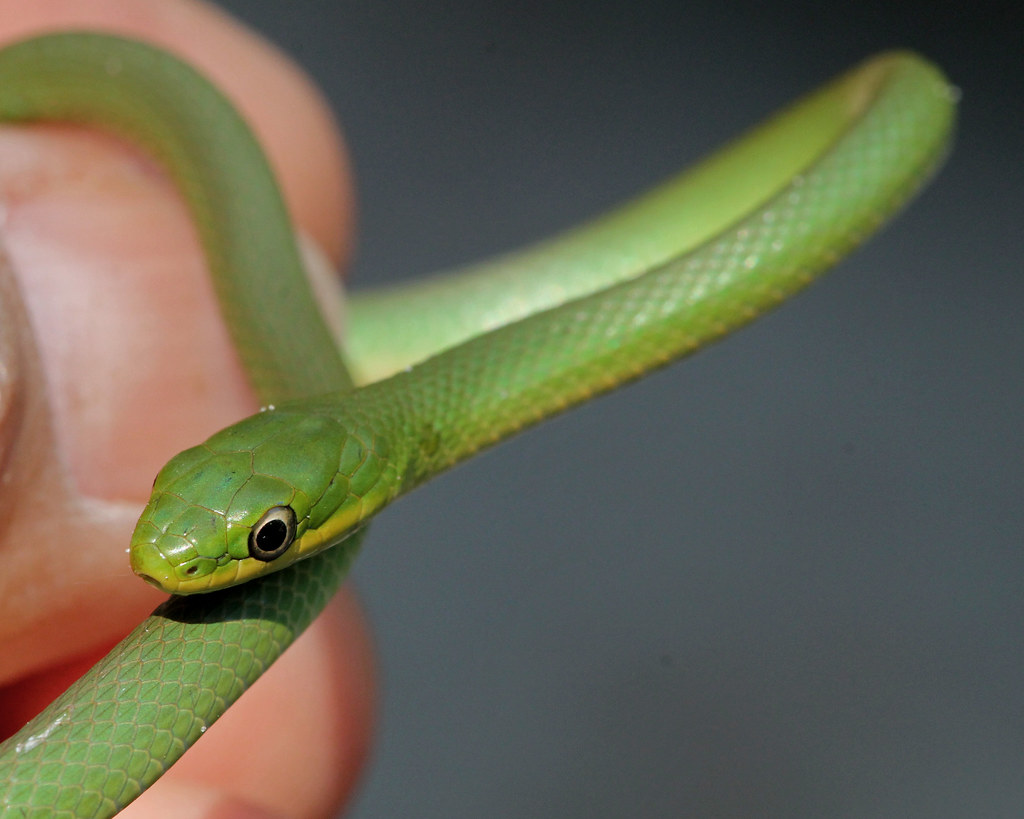
The Rough Green Snake (Opheodrys aestivus) offers a striking splash of color for small-space reptile enthusiasts, with its vibrant emerald-green dorsal coloration and cream-yellow ventral surface. Rarely exceeding 32 inches in length and maintaining a slender build throughout their lives, these arboreal insectivores require taller rather than wider enclosures. A 20-gallon tall terrarium provides sufficient space for an adult specimen, though they benefit from ample climbing opportunities regardless of enclosure size.
Unlike the other species mentioned, Rough Green Snakes are insectivores, primarily consuming crickets, grasshoppers, and other invertebrates rather than rodents, which some apartment dwellers may find more manageable in terms of food storage. While they’re generally not as tolerant of frequent handling as some other species, their active daytime behavior and brilliant coloration make them fascinating display animals even without regular physical interaction.
Housing Considerations for Small Spaces
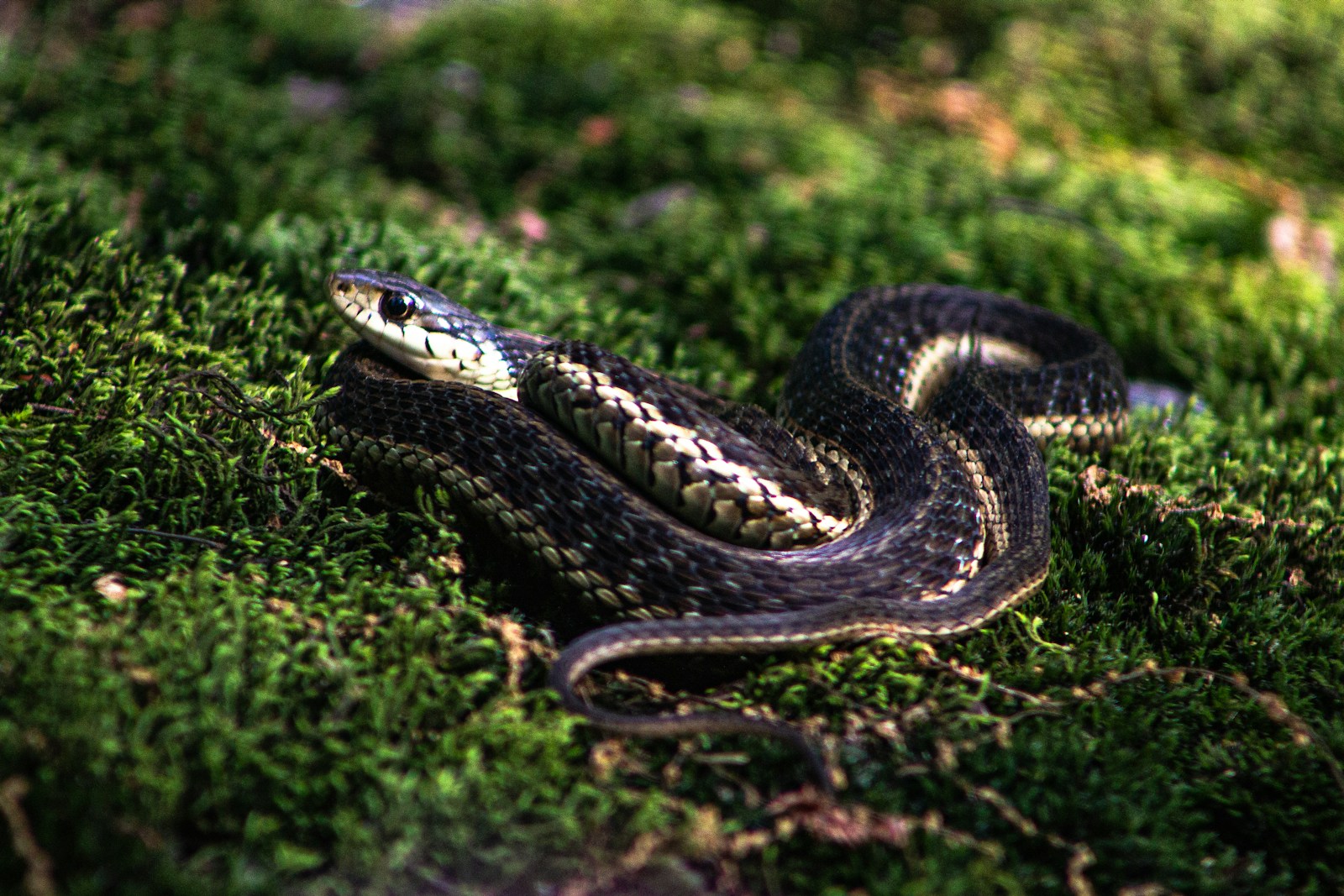
When keeping snakes in limited living spaces, strategic enclosure placement becomes crucial for both the animal’s welfare and your comfort. Corner placements often maximize available floor space while providing the enclosure with two solid sides that help the snake feel secure. Vertical space utilization presents another valuable option, with many keepers opting for sturdy shelving systems designed specifically for reptile enclosures, effectively creating a reptile rack system that minimizes footprint.
Temperature regulation deserves careful consideration in small spaces, as ambient room temperature has a more significant impact when reptile enclosures occupy a larger percentage of the room; positioning tanks away from drafts, direct sunlight, or heating vents helps maintain stable internal temperatures. For studio apartment dwellers, selecting enclosures with aesthetically pleasing designs that complement your décor allows your reptile habitat to serve as an attractive room feature rather than appearing out of place.
Feeding and Storage Solutions
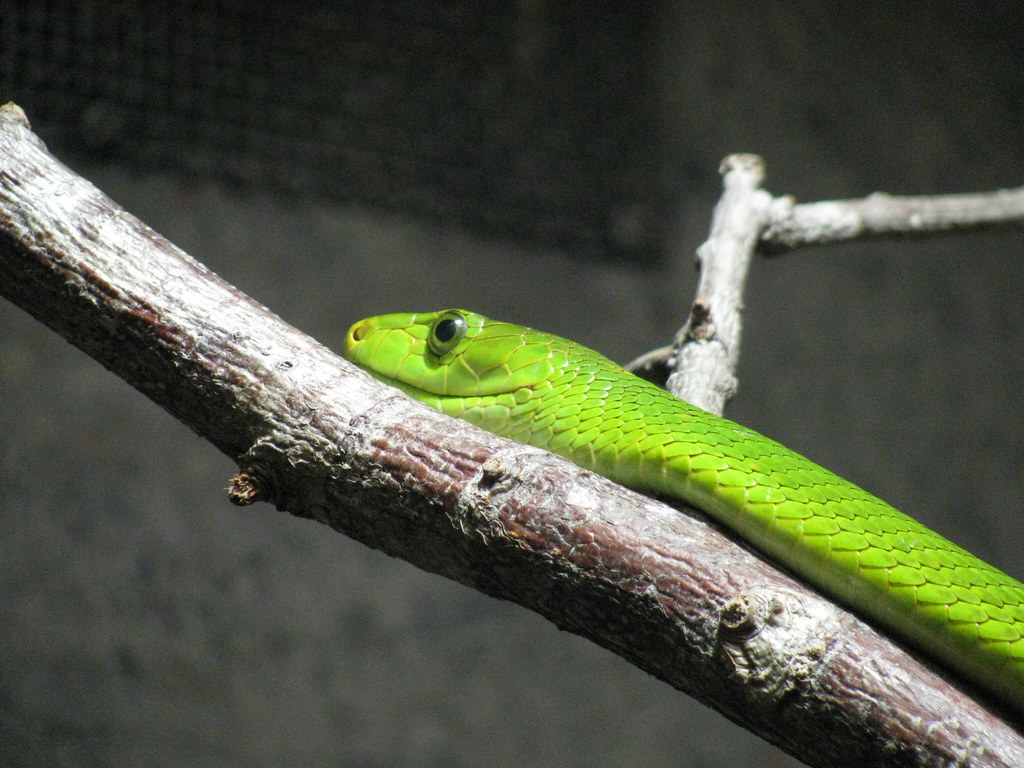
Feeding reptiles in small living spaces requires thoughtful planning, particularly regarding prey storage. A compact chest freezer provides an ideal solution for storing frozen rodents, taking up minimal floor space while ensuring you can purchase food items in bulk, reducing both cost and the frequency of shopping trips. For those who find storing frozen prey unappetizing, many species (particularly younger snakes) can be fed in separate containers away from their main enclosure, preventing substrate ingestion while containing feeding-related odors.
Insectivorous species like Rough Green Snakes present unique advantages for apartment living, as crickets and mealworms require less storage space and evoke less squeamishness from roommates or visitors than rodents. Establishing a regular feeding schedule helps minimize the impact on shared living spaces, allowing you to plan feeding times when roommates might be away or preparing them in advance for the routine.
Maintaining Proper Humidity Levels
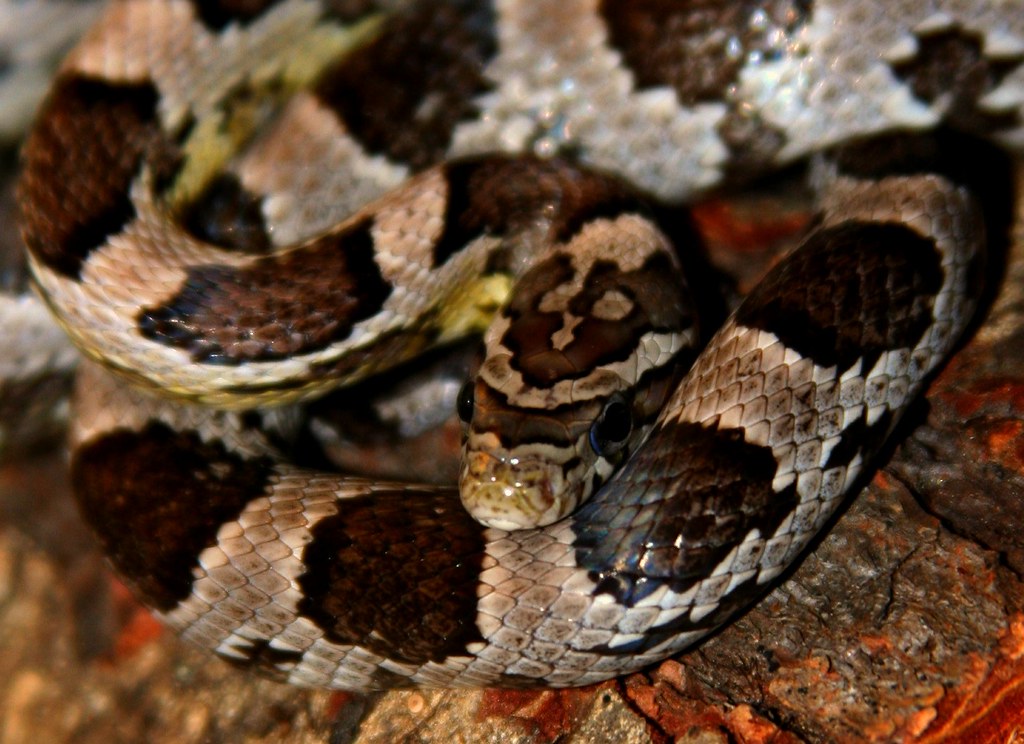
Controlling humidity levels presents a significant challenge when keeping reptiles in small spaces, as excessive moisture can affect not only your snake’s health but also your living environment. Species-appropriate humidity levels vary dramatically: Ball Pythons require 50-60% humidity, while Western Hognose Snakes thrive in much drier conditions around 30-40%. Strategic enclosure design helps contain moisture within the habitat—using solid-topped enclosures rather than screen tops significantly reduces moisture escape while maintaining proper ventilation through side vents.
For species requiring higher humidity, localized moisture retention methods prove most effective in small living spaces; providing a humid hide filled with damp sphagnum moss creates a microclimate where snakes can regulate their hydration needs without increasing room humidity. Monitoring systems with digital hygrometers allow precise tracking of conditions within the enclosure, enabling adjustments before problems develop while ensuring your living space remains comfortable for human inhabitants.
Managing Odors in Limited Spaces
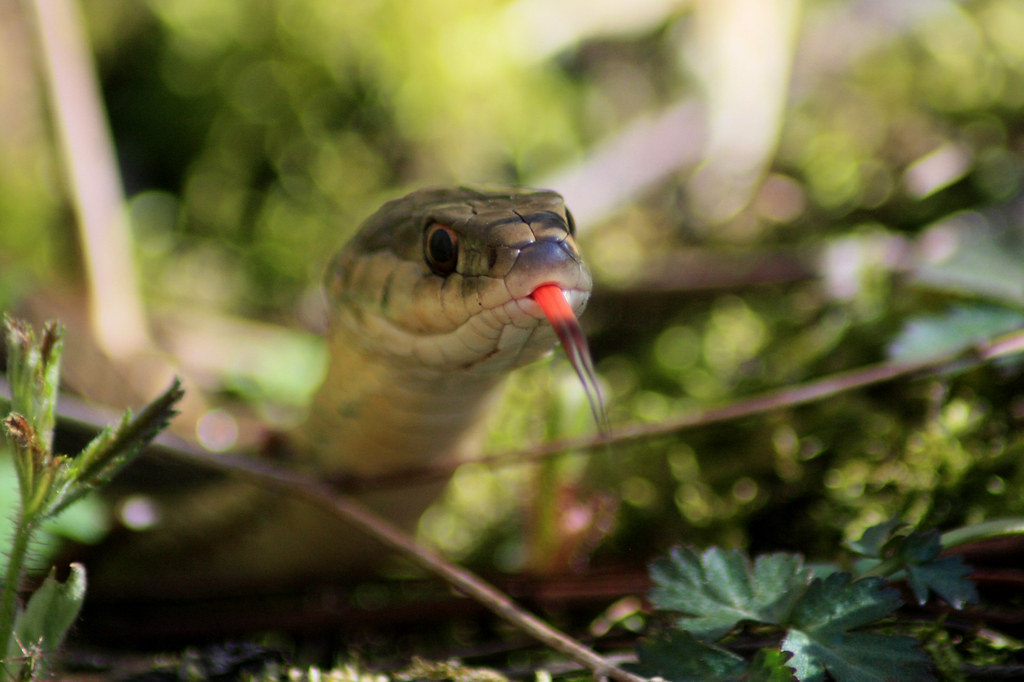
Maintaining odor control becomes especially critical when keeping reptiles in small apartments or studio living situations. Fortunately, most snake species produce minimal waste compared to mammalian pets, with many adult specimens defecating only once every 1-2 weeks following their feeding schedule. Implementing a spot-cleaning routine—removing waste and soiled substrate promptly when observed—prevents odor buildup without disturbing the entire habitat. Substrate selection significantly impacts odor management, with options like cypress mulch, coconut coir, and certain paper products offering superior odor-absorption qualities compared to less absorbent materials.
Air purification systems with HEPA and activated carbon filters can further reduce any reptile-related odors while improving overall air quality in small living spaces. For particularly sensitive situations, enclosures can be placed near windows or ventilation sources to ensure adequate air circulation without creating drafts that might affect the snake’s temperature regulation.
Ensuring Escape-Proof Setups
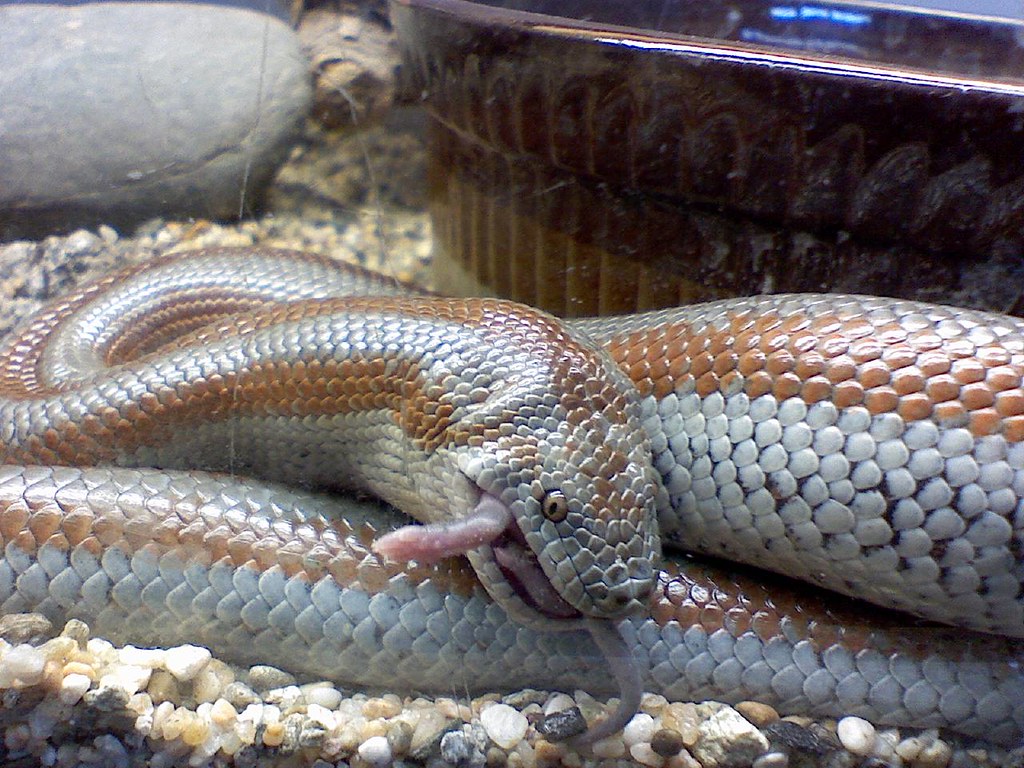
In confined living spaces, ensuring your snake’s enclosure remains escape-proof becomes even more critical than in larger homes where a temporarily escaped animal might be easier to recover. Every enclosure should feature secure, locking lids—even species not known for climbing can surprise owners with their ability to exploit small openings when motivated. Regular inspections of enclosure seams, vents, and cable ports should become part of your maintenance routine, checking for potential escape routes before they’re discovered by your snake.
Weighted lids or aftermarket locks provide additional security for enclosures not originally designed with strong locking mechanisms. For peace of mind, especially with smaller species that could more easily disappear in an apartment, consider implementing a backup containment strategy by keeping the enclosure within a reptile room or dedicated area that provides a secondary barrier should an escape occur despite precautions.
Conclusion: Finding Your Perfect Small-Space Serpent

Selecting the ideal snake species for your small living space involves balancing spatial constraints with your experience level and personal preferences. Each of the seven species discussed offers unique advantages, from the pocket-sized Kenyan Sand Boa to the colorful Rough Green Snake, ensuring options exist regardless of your specific situation. Before making your final decision, research the specific care requirements of your chosen species and honestly assess whether your living arrangement can accommodate those needs throughout the animal’s entire lifespan, which may span decades for certain species.
Remember that responsible reptile keeping involves planning not just for ideal circumstances but also for contingencies such as power outages, temporary relocations, or changes in living situations. With proper research, preparation, and selection, these magnificent serpents can thrive in even the most compact living spaces, bringing the joy of reptile keeping to urban dwellers and apartment residents alike.

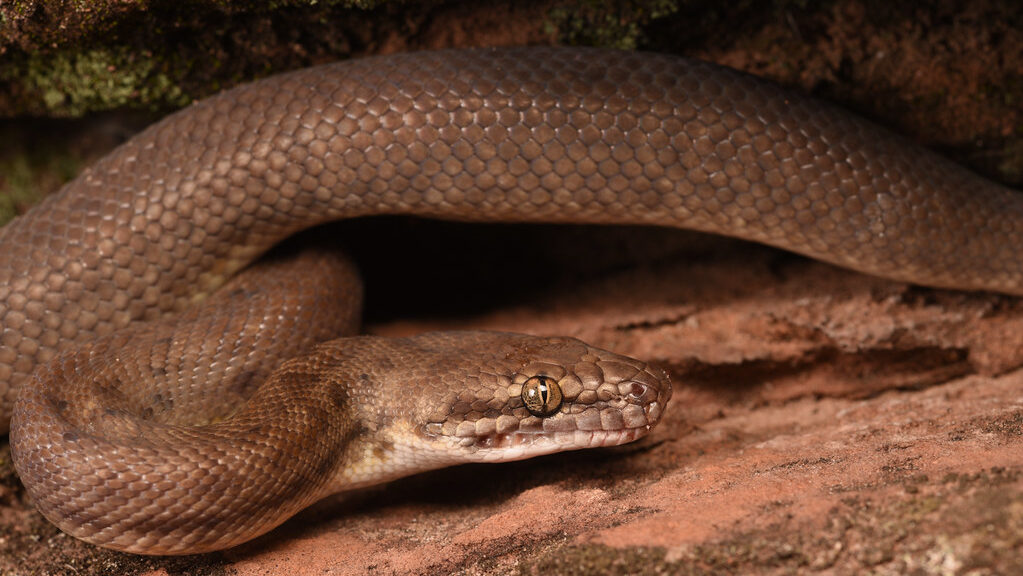
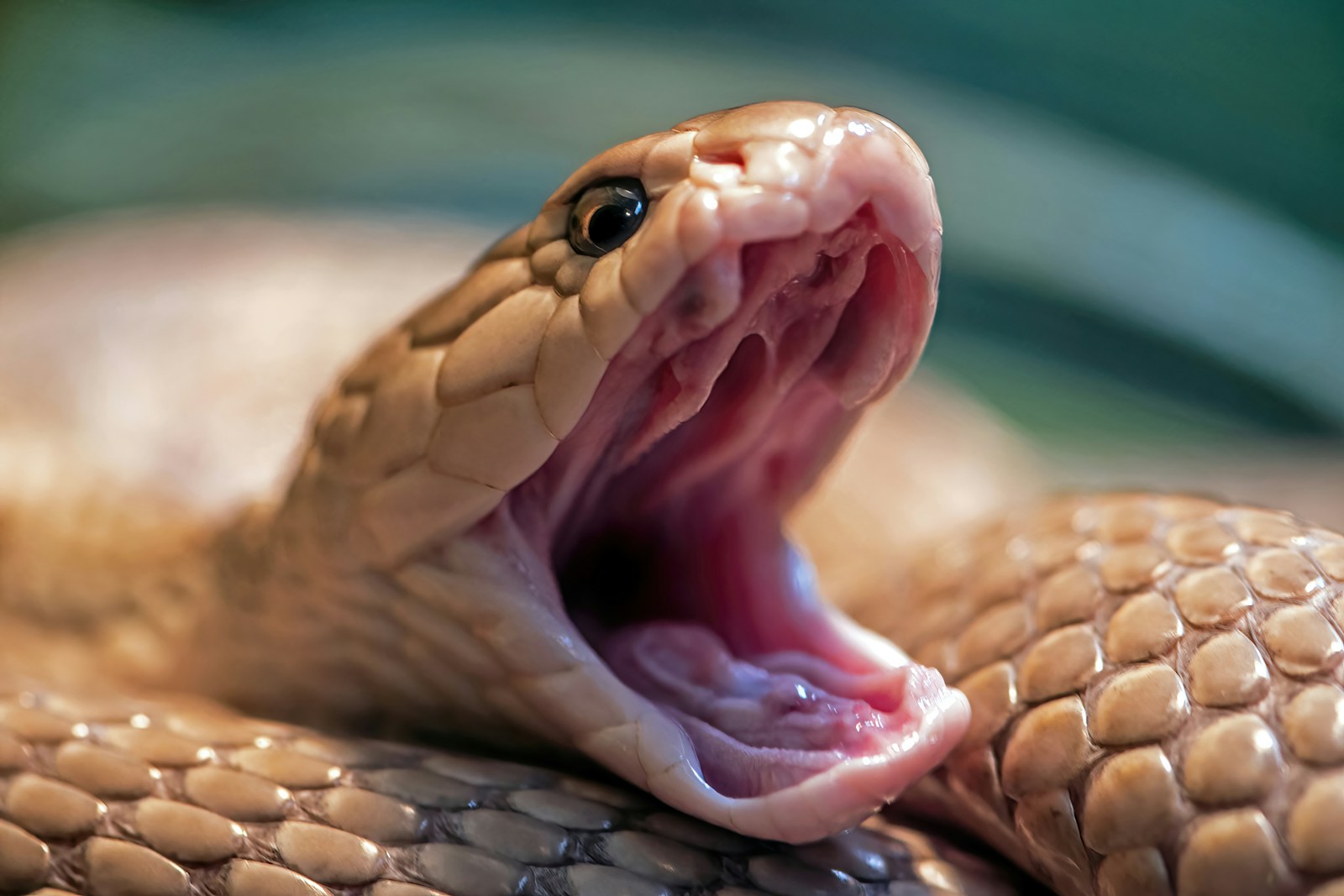
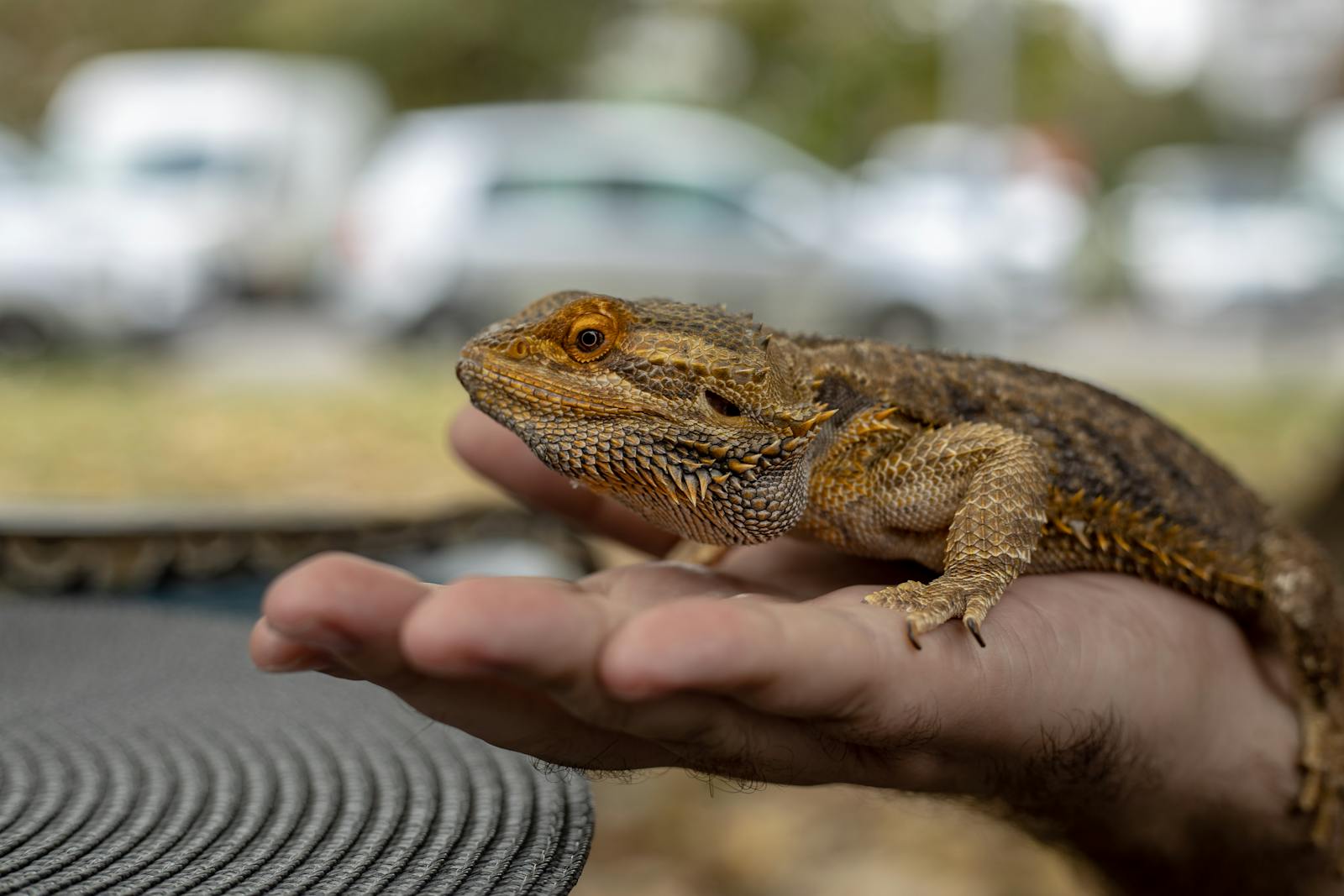
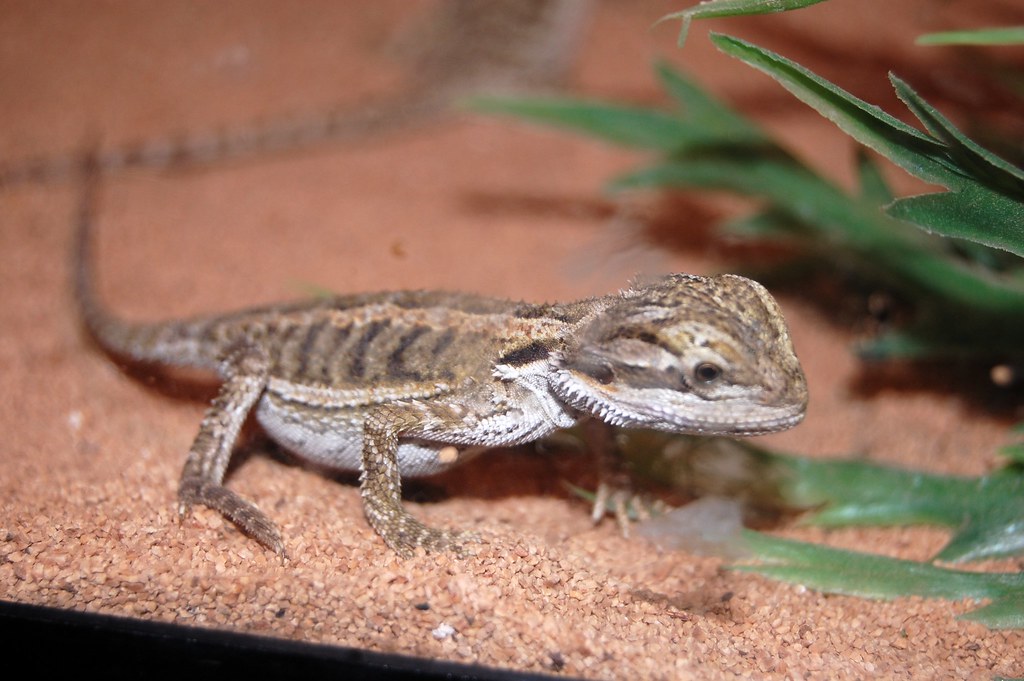
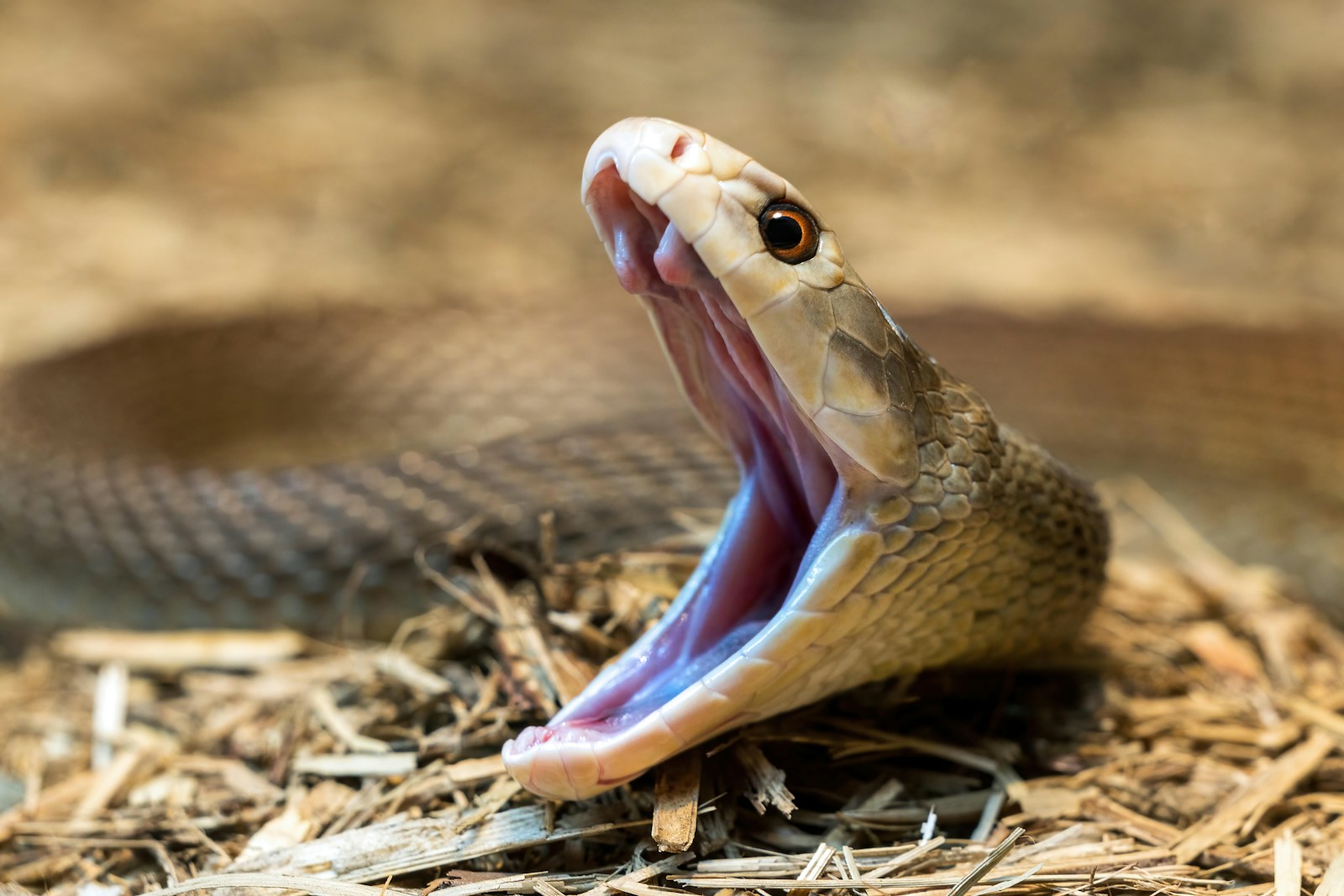
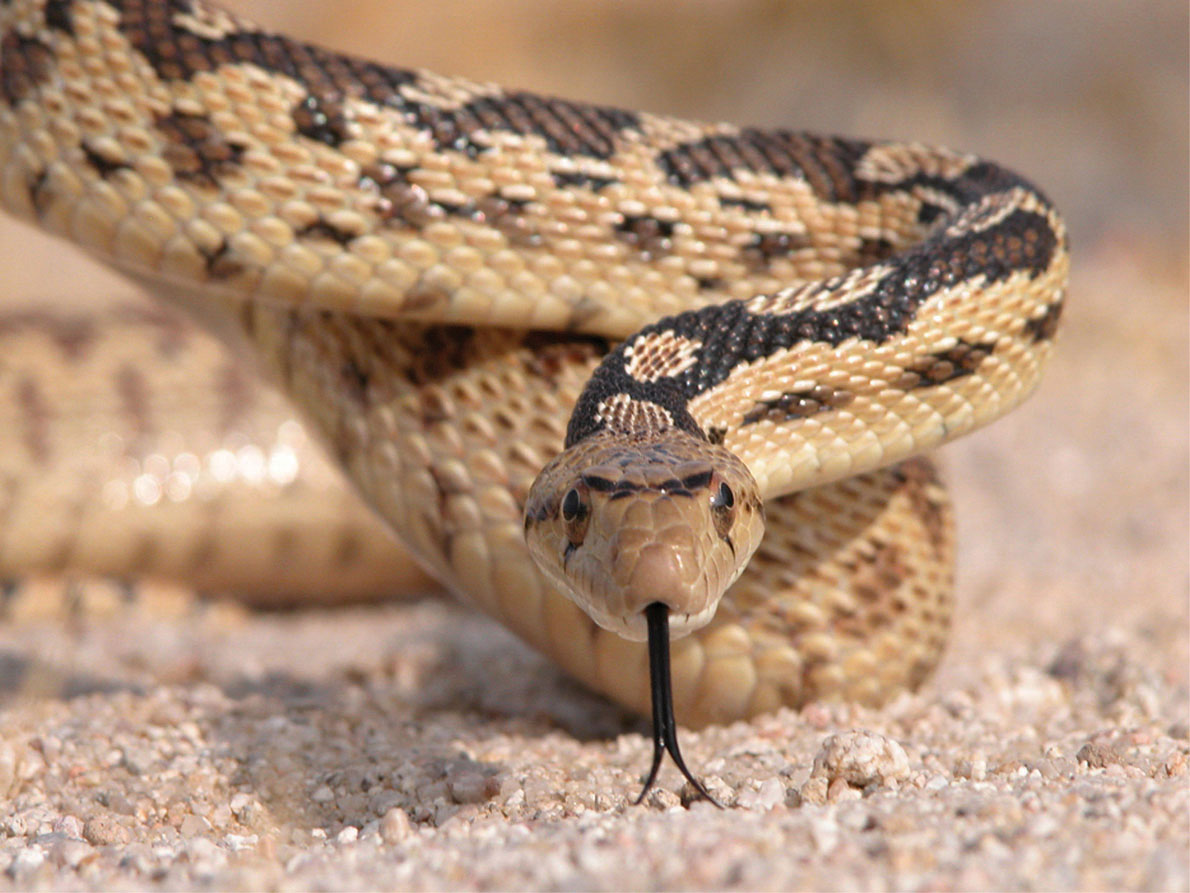
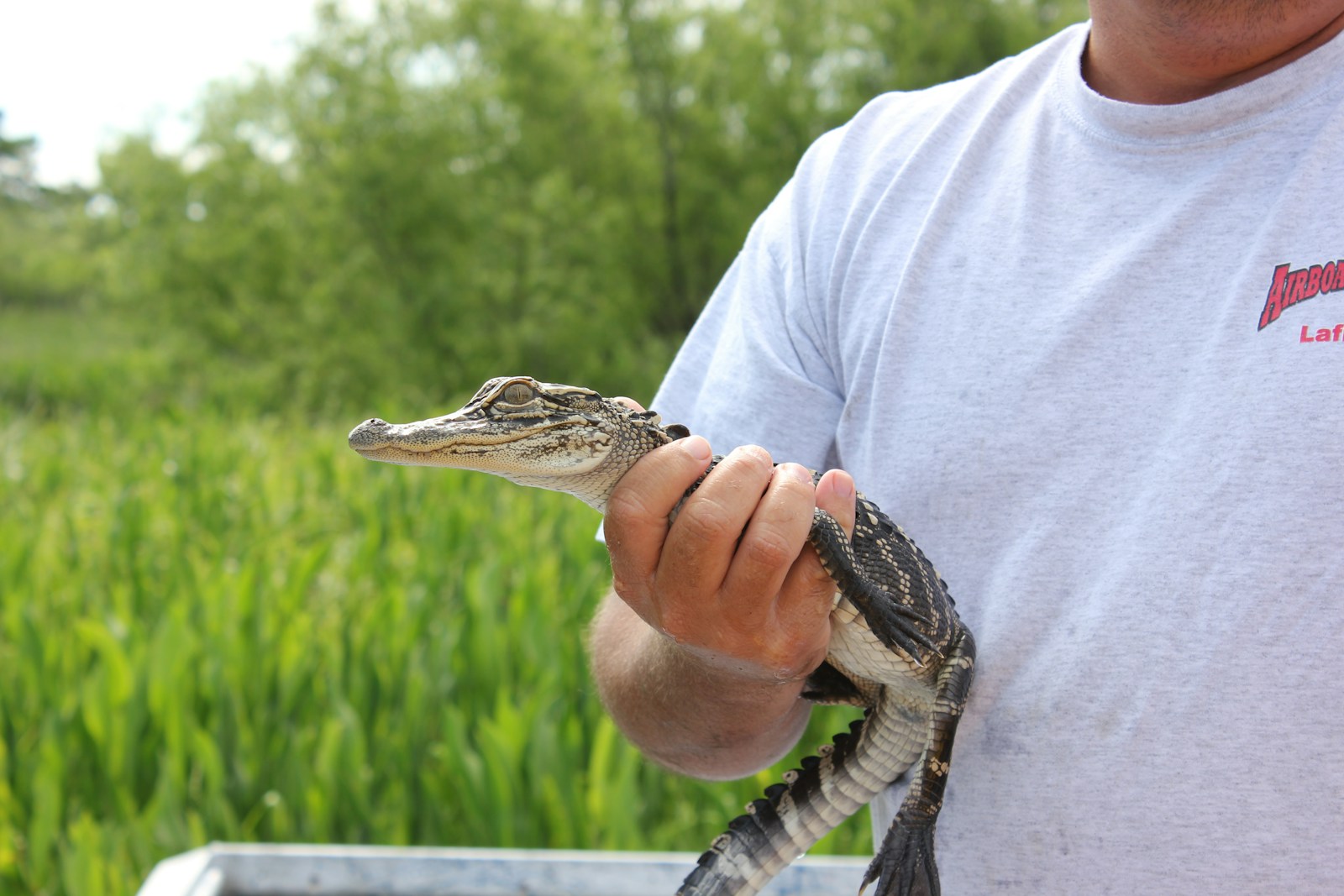

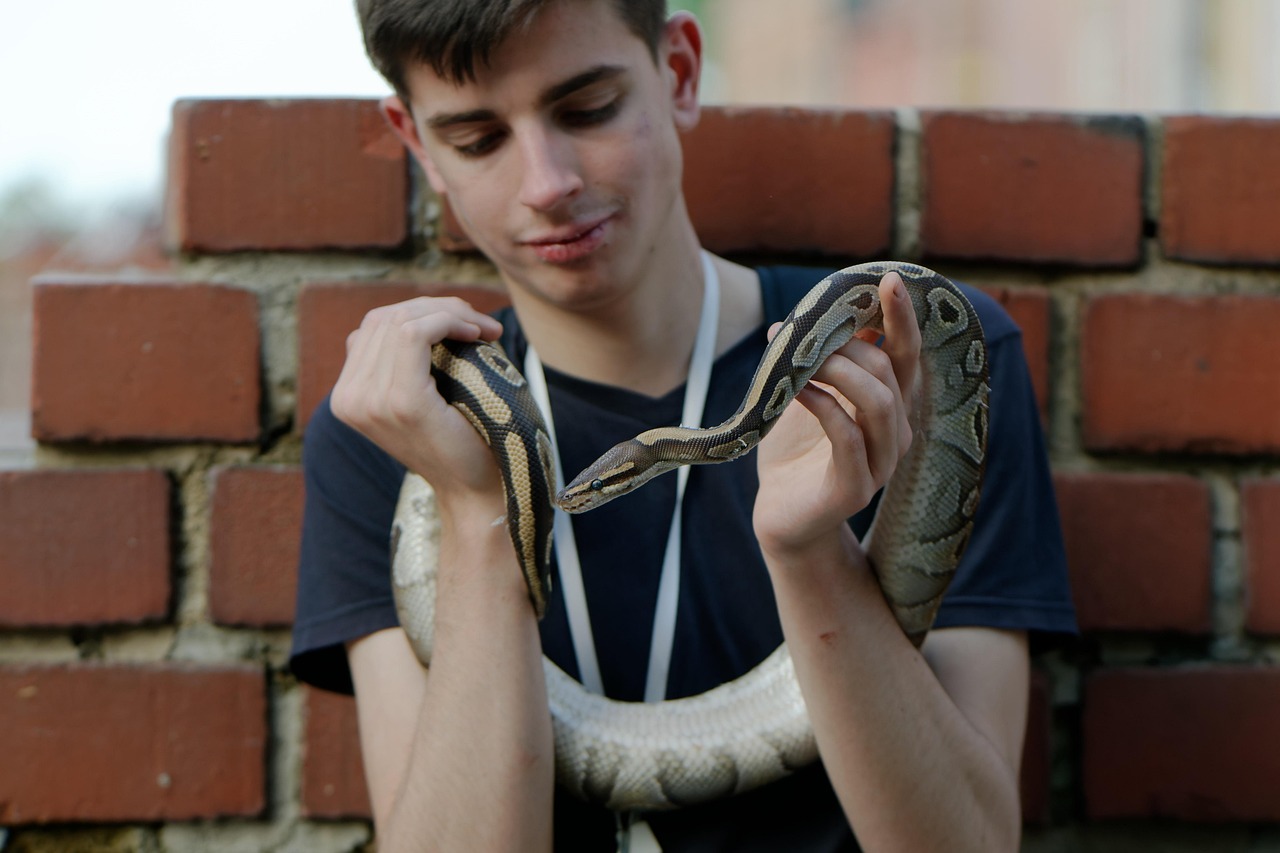
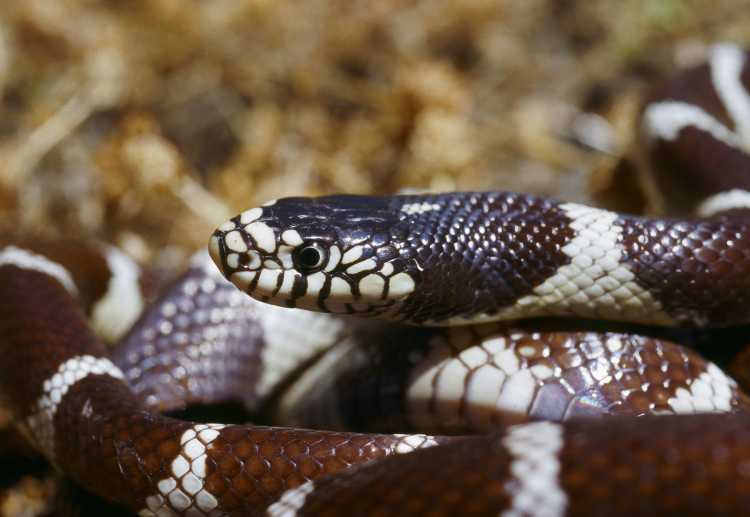
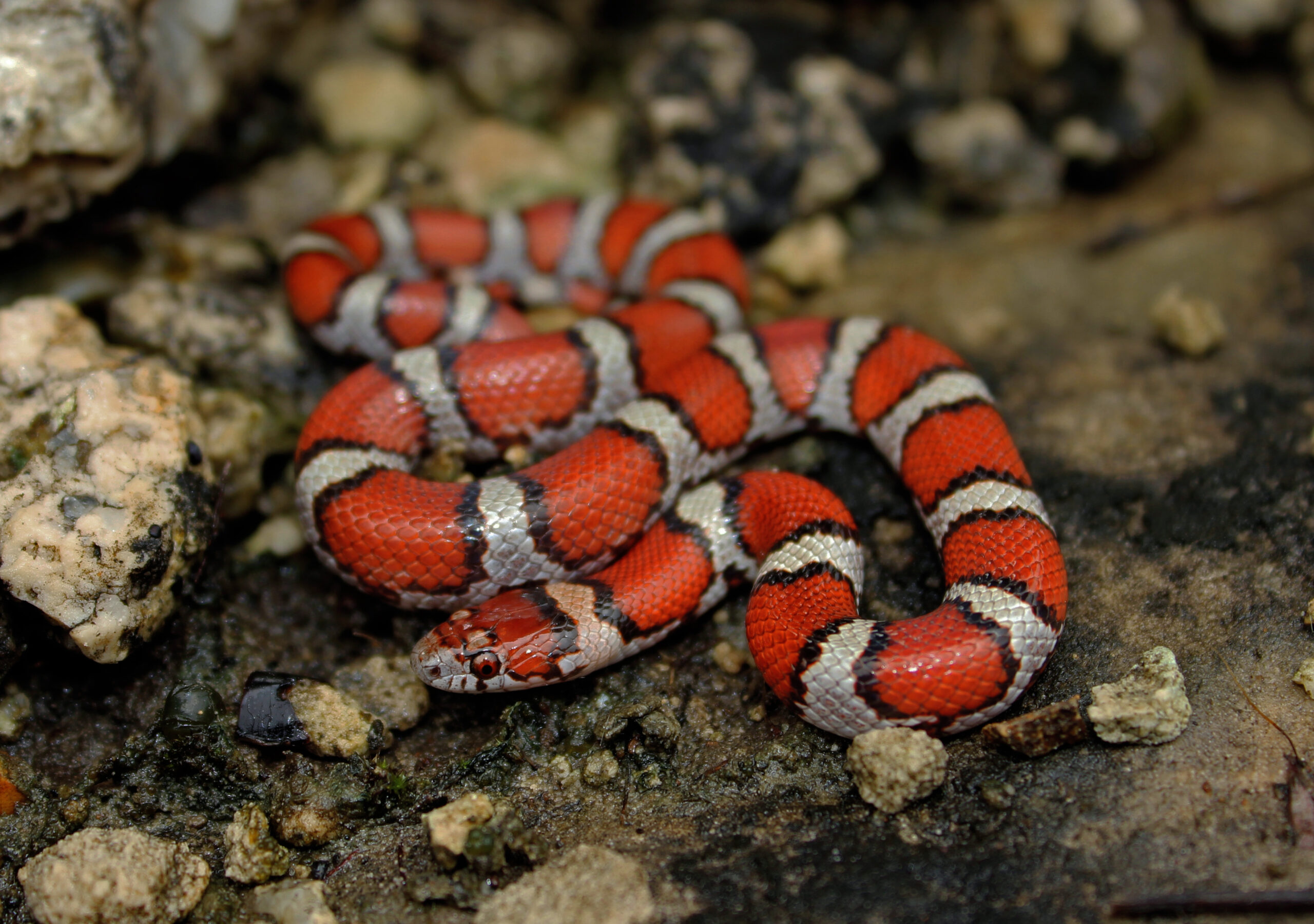




Leave a Reply